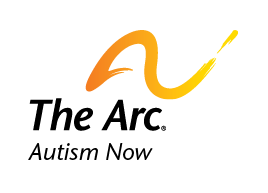Many girls and women do not meet diagnostic criteria, as the criteria are based on the behavioural phenotype of boys. There exists a critical need for diagnostic criteria to reflect the female phenotype.
An estimate of the prevalence of autism spectrum disorder (ASD) recently published by the Centers for Disease Control and Prevention (CDC) concluded that rates of ASDs are roughly 30% higher than previous estimates.
Robert Perske, respected author, advocate and long-time supporter of The Arc, compiled a list of people with intellectual disabilities who gave false confessions to begin documenting these otherwise hidden-away cases.
This article discusses the results of a 2014 study which found that close to half of the younger siblings of children with ASD develop in an atypical fashion.
The Arc’s National Center on Criminal Justice and Disability (NCCJD) is the first national effort of its kind to bring together both victim and suspect/ offender issues involving people with I/DD under one roof.
In this report, crimes against people with disabilities are classified according to six limitations: hearing, vision, cognitive, ambulatory, self-care, and independent living.
The study focuses on the residential concerns of adults living with autism and related disorders.
To improve recognition of the early signs of ASD among pediatricians, parents, and early intervention providers, Kennedy Krieger Institute has developed this free 9-minute video tutorial on ASD behavioral signs in one-year-olds.
This article offers information about individuals who are dually-diagnosed with Down syndrome and autism, what researchers are learning through data collection, and insights to the evaluation process.
This article is about a study which found that kids with autism may sleep less each night due to disturbed sleep than children without the condition.

